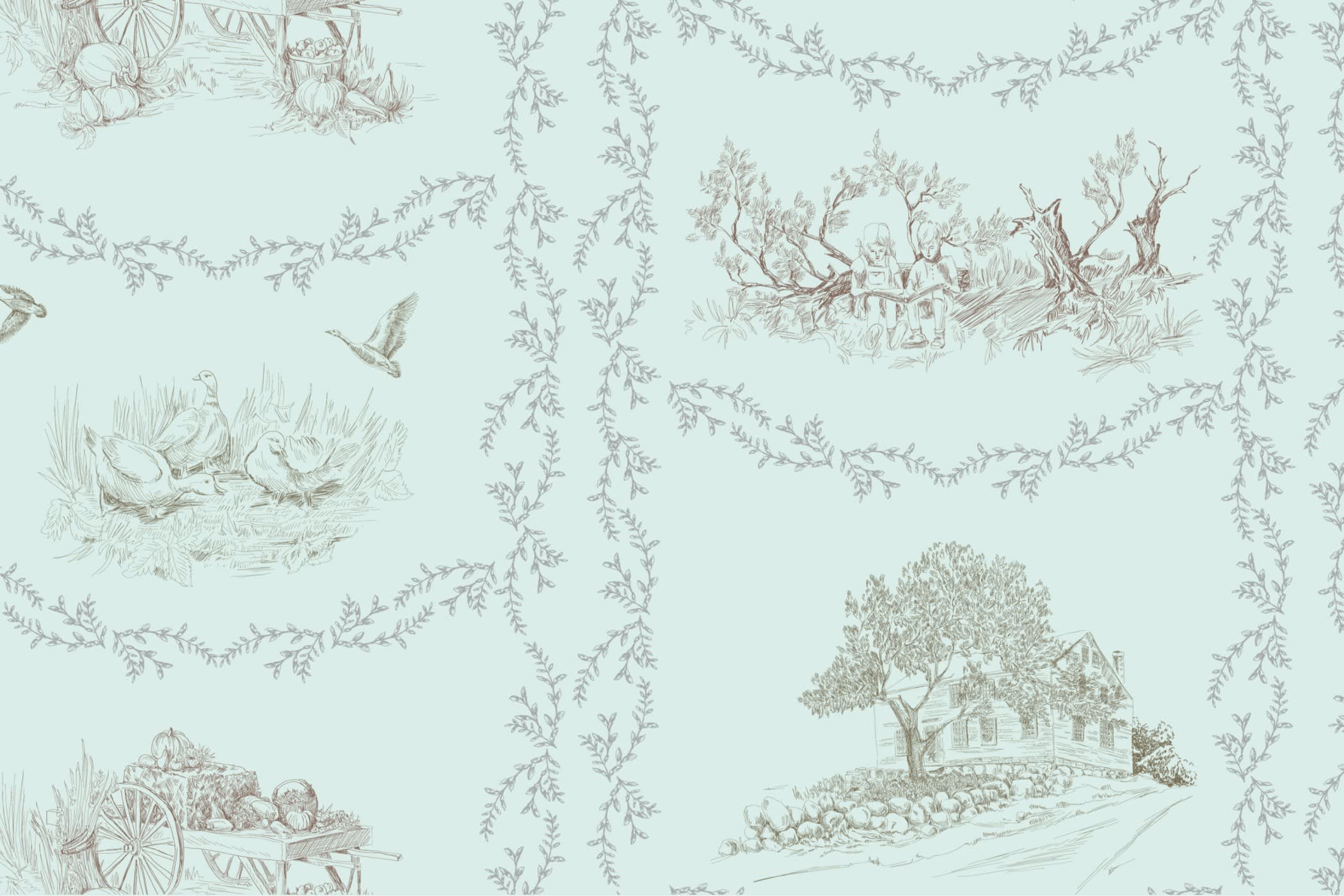How To Give An Approval For Print And Embroidery Strike-Off?

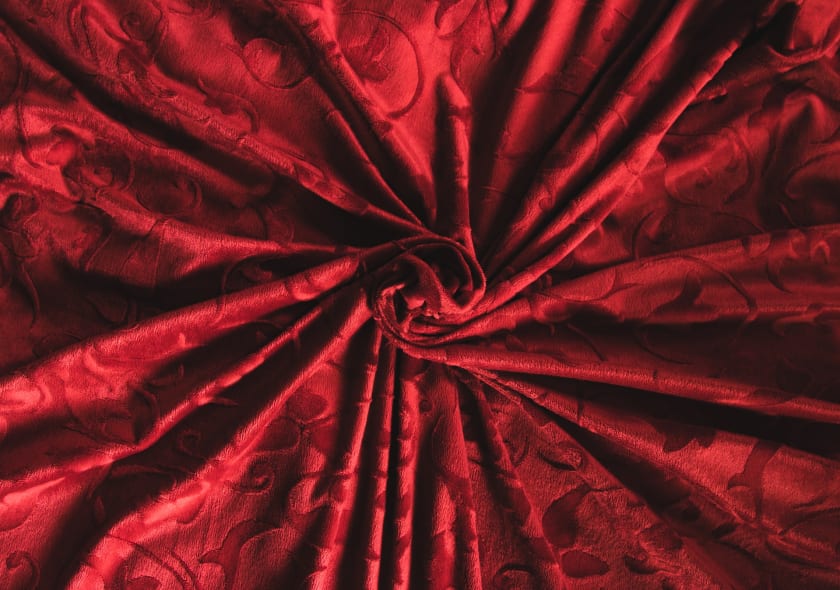

Introduction
There are many concepts and terms in the apparel industry that govern the way we look at it. One of these terms is strike-off. Strike-off refers to the sample of the fabric that is to be printed according to one's requirements. It is one of the most critical steps in the process of manufacturing. A strike-off is unique because it allows customers to participate and have their say in the apparel manufacturing process.
One can call it an intermediate step that paves the way for further manufacturing processes. The fabric must be striped-off before a large order is approved. The strike-off needs to go through the customer before it is approved.
There are many ways in which the design can be approved. It can be approved in an online or offline mode. In an online mode, the designs can be approved via email or shared over social media. The offline version usually gets approved by printing the design on a piece of paper and sending it to the customer for approval. Manufacturers need to pre-approve their designs before they can be processed further.
The varied facets of a strike-off can be used to distinguish the actual design from the printed design. Let's have a look at that!
Why should one ask for a strike-off?
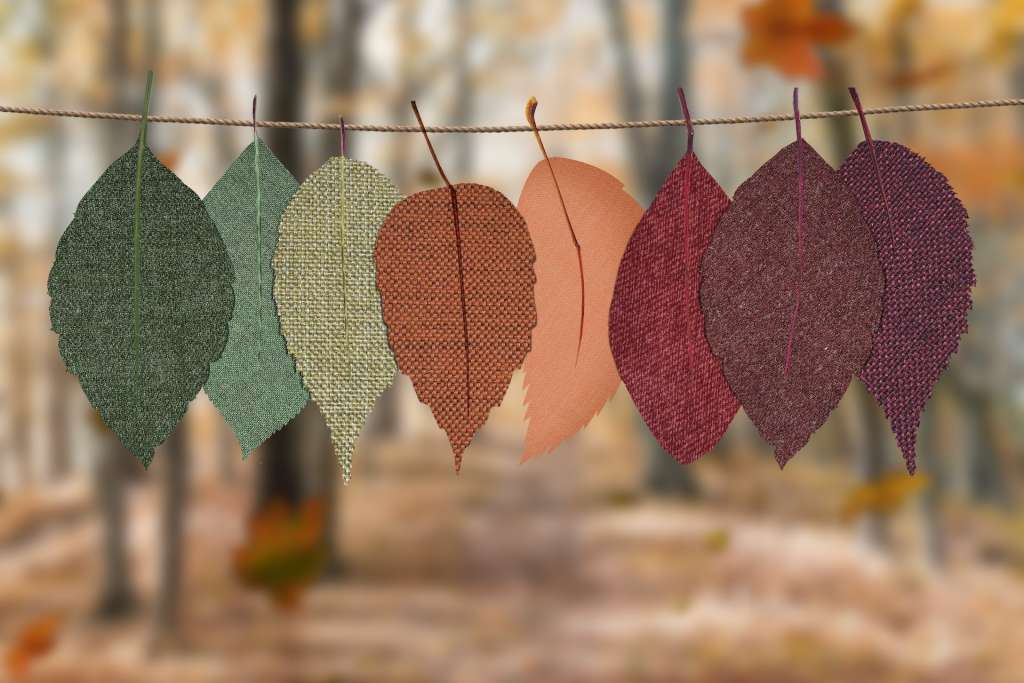
The suppliers are often concerned with their convenience and go to great lengths to get things in their favor. Therefore, it is always a good idea to get the actual design in front of one's eyes so that one has a clear idea of the real thing. The various facets of strike-off that should be considered are as follows:
- Correct Fabric
The right quality of the fabric is the heart and soul of any apparel. Therefore, it is essential to check for the suitable fabric before the actual piece of clothing is made. Every fabric dyes in a different way. For instance, if the fabric is cotton, the print will appear differently than it would on polyester. And that's why if the print was shown to one on on cotton but the actual piece comes out in polyester, one can see a major difference between the two.
The other aspect that one should keep in mind is the transparency of the fabric. One should carefully observe if the cloth is opaque, transparent, or semi-transparent, as they all affect the color.
- Knit of the Fabric
The knit or weave of the fabric plays a key role in determining one's suitable print. For instance, if the fabric sample is printed on a soft material for the strike-off, but the finished product comes out on a dense material such as a cotton drill, the print may not look good.
- Use of Bigger Samples
There are two types of prints that are mostly available. One of them is the placement print, where the design is printed on a specific area of the garment. It is limited to a particular spot and is not present in all the areas of the garment. If one is dealing with a placement print, one must make sure to go for a sample that has the full print. This is done to have a broader view of the whole design and check if one likes it or not.
The other type of print is the repeat print. As per its name, it talks about a print that is repeated or present in various spots of the garment. If one is going for the repeat print, one should make sure the sample cloth is a bit bigger. This is done so that the prints can line up well.
- Specification of Colour
Before a garment is stiked-off one should always specify the desired color. This is because every company has a unique series of colors with them. Colors can vary greatly depending on the patterns, designs, or inks used. There is a Pantone number that distinguishes a particular color from the rest. It has great utility in identifying and matching colors.
For instance, if the design has to be screen printed, inks are generally mixed by hand. In such a scenario, the use of Pantone number to identify and distinguish colors becomes imperative.
However, in the case of a digital print, the Pantone number may not be used. This is because companies while executing a digital print, select colors from a digital print file. This file contains hundreds of color prints that would take an age to specify a color standard to. However, if one has a predominant color in mind, one can specify a color standard or Pantone number for it.
How does one perform the strike-off?
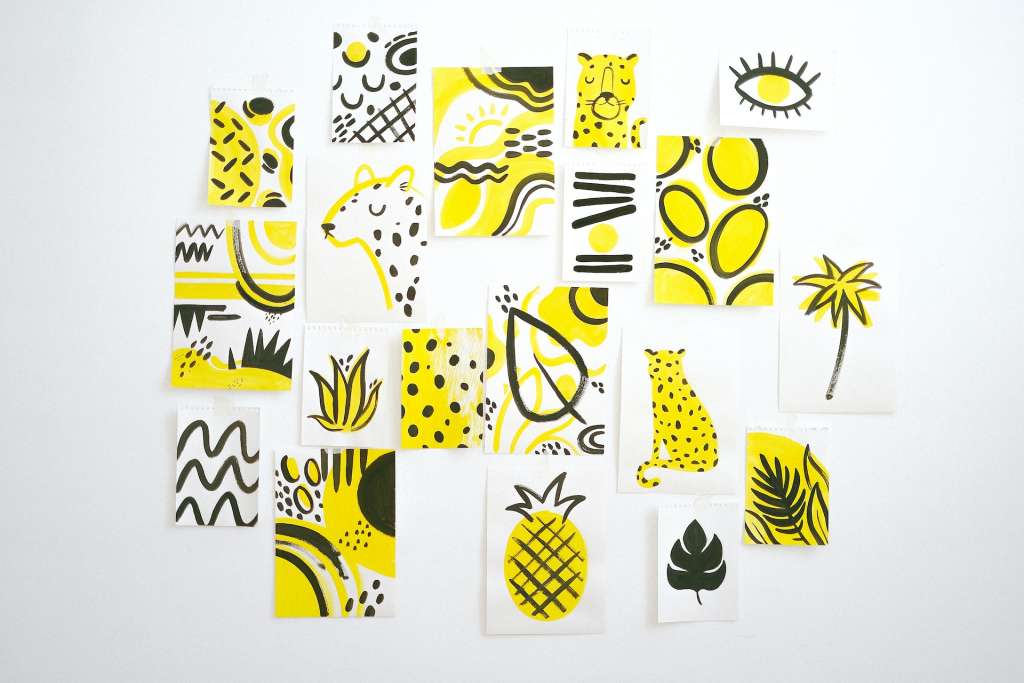
Prints and embroidery have been an innumerable part of the apparel industry. The apparel industry is incomplete without them. For decades, they have been used to make the garment look more appealing and desirable. However, it comes with its shortcomings. And that's why it is always recommended to get a strike-off done for bulk orders before they go into processing.
After receiving one's strike-off, one should pay close attention to the minutest of details. If possible, one must also compare it with a screen print out. Then, make sure to observe it closely from every possible angle and in various lights. If one has a magnifying glass, even better.
One can also perform a strike-off on a swatch card and then note down all the details such as model number and color number
What is the checklist for print strike-off approval?
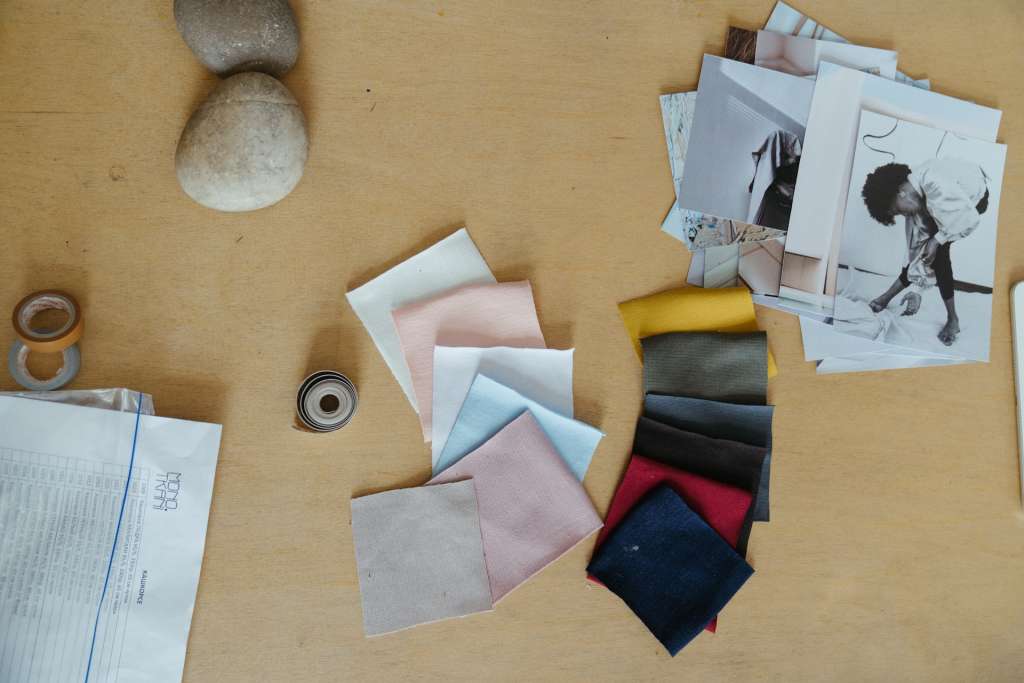
The checklist that is required for a printed strike-off is as follows:
- Print artwork
- Size of the artwork
- The appearance of the print outcome
- One can also include color fastness for washing and running
- Print colorways and a color shade (Pantone code)
- Base fabric quality
- The printing process used in printing
- The sharpness of the printing outline
The check-off list for an embroidery strike-off includes:
- Embroidery artwork
- The appearance of the embroidery outcome
- Embroidery design
- The sharpness of the design
If all these checklists are ticked off, one can easily find the most effective way to strike off and get the fabric approved for printing or embroidery.
Conclusion
Through this article, we explored the various factors that need to be considered and ticked off while giving approval for a print and embroidery strike-off. Printing and embroidery take a lot of effort and contribution. Even a single mistake can ruin it all for the final clothing piece. Various parameters, such as color themes, correct fabric, size, etc., should be considered while exploring the strike-offs.
With Fashinza, it is now absolutely easy to get your hands on premium quality fabrics. A dedicated and devoted team at Fashinza will be with you every step of the way till the product is delivered to you. Fashinza has a reputation for partnering with major international manufacturers. All the fabrics are checked and crafted according to the likes of the manufacturers. Even in case of any hassles or confusion, a customer-centric team will always help and guide you. Fashinza also keeps a checklist of the main apparel manufacturing pointers to help you out.

















